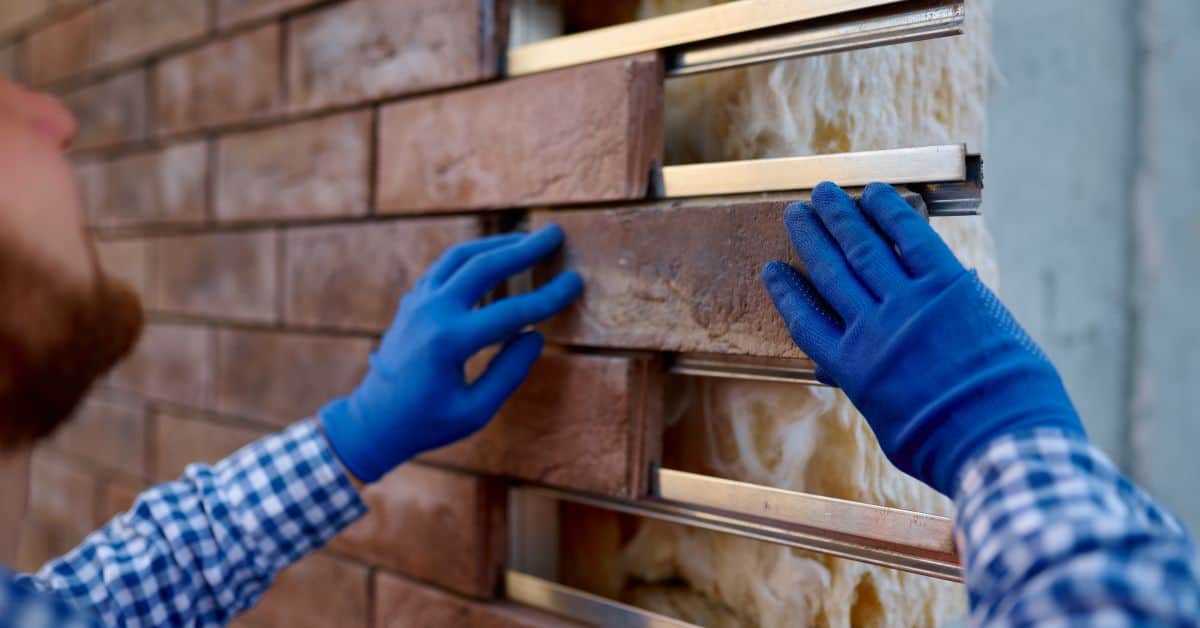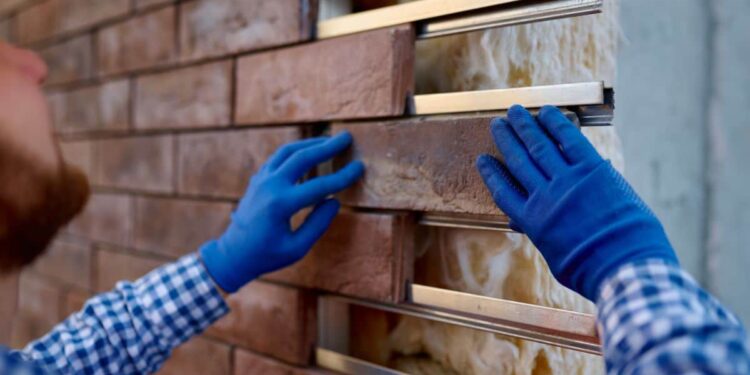Installing brick siding is a meticulous process that can transform the look of your home. From choosing the right bricks to laying them with precision, this guide covers everything you need to know to tackle this project successfully.
As we dive into the specifics of preparation, brick selection, moisture barriers, and brick laying techniques, you'll gain valuable insights that will help you achieve a professional finish for your siding project.


Preparation for Installing Brick Siding
Before starting the installation process of brick siding, it is crucial to ensure that you have all the necessary tools and materials ready, prepare the wall surface properly, and take necessary safety precautions.List of Tools and Materials:
- Masonry trowel
- Level
- Measuring tape
- Masonry saw
- Brick adhesive or mortar
- Bricks
- Jointer tool
- Hammer
Importance of Preparing the Wall Surface:
Preparing the wall surface before installing brick siding is essential for ensuring a proper and long-lasting installation. This includes cleaning the surface of any debris, dirt, or old paint, and ensuring that the wall is flat and even. Any imperfections in the wall surface can affect the adhesion of the bricks and compromise the overall integrity of the siding.Safety Precautions:
- Wear appropriate safety gear such as gloves, safety glasses, and a dust mask to protect yourself from debris and dust.
- Avoid working alone, especially when handling heavy materials like bricks.
- Use caution when using power tools such as a masonry saw and ensure proper handling to prevent accidents.
- Keep the work area well-ventilated to avoid inhaling dust and fumes from the adhesive or mortar.
Choosing the Right Bricks for Siding
When it comes to choosing the right bricks for siding, there are various options available, with clay bricks and concrete bricks being the most common choices. Each type comes with its own set of pros and cons that should be considered before making a decision.Types of Bricks for Siding
- Clay Bricks: These are traditional bricks made from clay and are known for their classic look and durability. They come in a variety of colors and styles, adding a timeless charm to any home.
- Concrete Bricks: Concrete bricks are made from a mixture of cement, sand, and aggregate. They are known for their strength and resistance to weathering, making them a popular choice for siding.
Pros and Cons of Clay vs. Concrete Bricks
- Clay Bricks:
- Pros: Classic appearance, durability, natural material, variety of colors.
- Cons: More expensive, can be prone to efflorescence, may require sealing for protection.
- Pros: Classic appearance, durability, natural material, variety of colors
- Concrete Bricks:
- Pros: Strength, weather resistance, affordability, low maintenance.
- Cons: Limited color options, can be heavier than clay bricks, may not offer the same aesthetic appeal.
Calculating Quantity of Bricks Needed
To calculate the quantity of bricks needed for siding based on the wall area, you can use the following formula:Number of Bricks = (Wall Area / Brick Area) x 1.1Where 1.1 accounts for wastage and cuts during installation. Make sure to measure the wall area accurately and choose the right brick size to ensure you have enough for the project.















